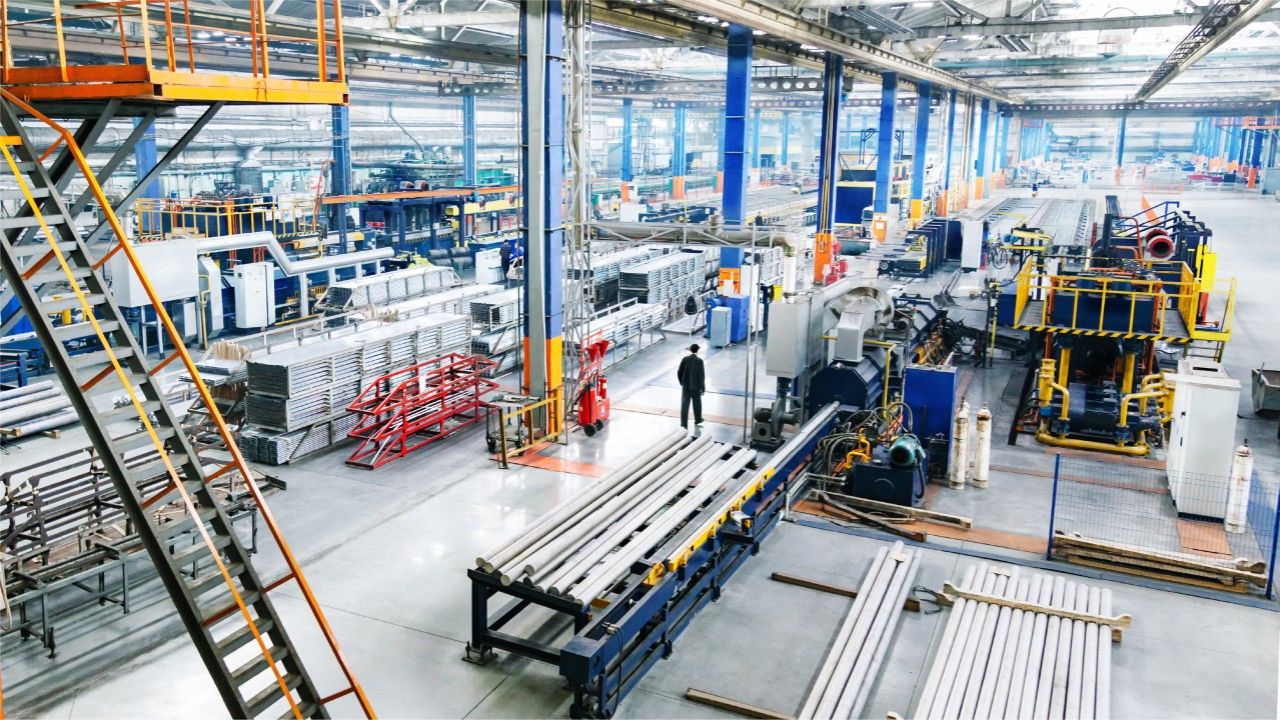 English
English

India’s private sector surges as July’s Composite PMI hits 60.7. Manufacturing leads with 17-year high growth, while services expand steadily. Rising demand & exports drive expansion, but inflation and slow job growth pose challenges. #IndianEconomy #PMI #HSBC #ManufacturingBo

India's PMI Soars to 60.7 (Image Source: Internet)
New Delhi: India's strong private sector is surging rapidly, which is clearly reflected through the recently published HSBC Flash India Composite Purchasing Managers Index (PMI) report.
What is Purchasing Managers Index (PMI)?
It is a diffusion index that summarizes whether market conditions are expanding, staying the same, or contracting, as viewed by purchasing managers.
Resplendent Performance of Private Sector
India's private sector has expanded immensely during the month of July, following higher global demand and production activities. In this report prepared by S&P Global, India's composite PMI for July 2025 was seen at 60.7, higher than 58.4 last month. This implies that there has been a constant rise of business activity in the private sector over the past year and both the manufacturing and service sectors have expanded.
The manufacturing PMI rose from 58.4 to 59.2 in July, the highest in the last 17 years. The principal driving forces behind the increase are the boom in demand, export orders, and constant increase in production.
Activities are also increasing in the services sector, although its growth rate has slowed slightly from 60.4 to 59.8. This shows that the service sector continues to expand but has slowed down slightly compared to earlier.
The Reason For Growth
HSBC Chief India Economist Pranjul Bhandari stated that the manufacturing industry has been a major driver of this expansion. As a result of strength in export orders, sales, and levels of output, the manufacturing industry has registered growth at a higher rate than the services sector.
This situation is evidence of the strength of the Indian economy. However, there are some challenges with this increase. Input costs, i.e., the prices of raw materials used in production, and output charges have also increased significantly in July, which has increased inflationary pressure.
Business confidence has hit its lowest level since 2023. The growth of employment also lost some speed. Still, business leaders are optimistic about production next year. Hiring has picked up, especially in the service sector, which is a positive signal towards job creation with economic expansion.
Overall, strong growth continues in the Indian private sector, but it is also necessary to deal with problems like inflation and slow employment growth. This report reflects the overall health of the country's economy and indicates that there is potential for even better growth in the future.
No related posts found.